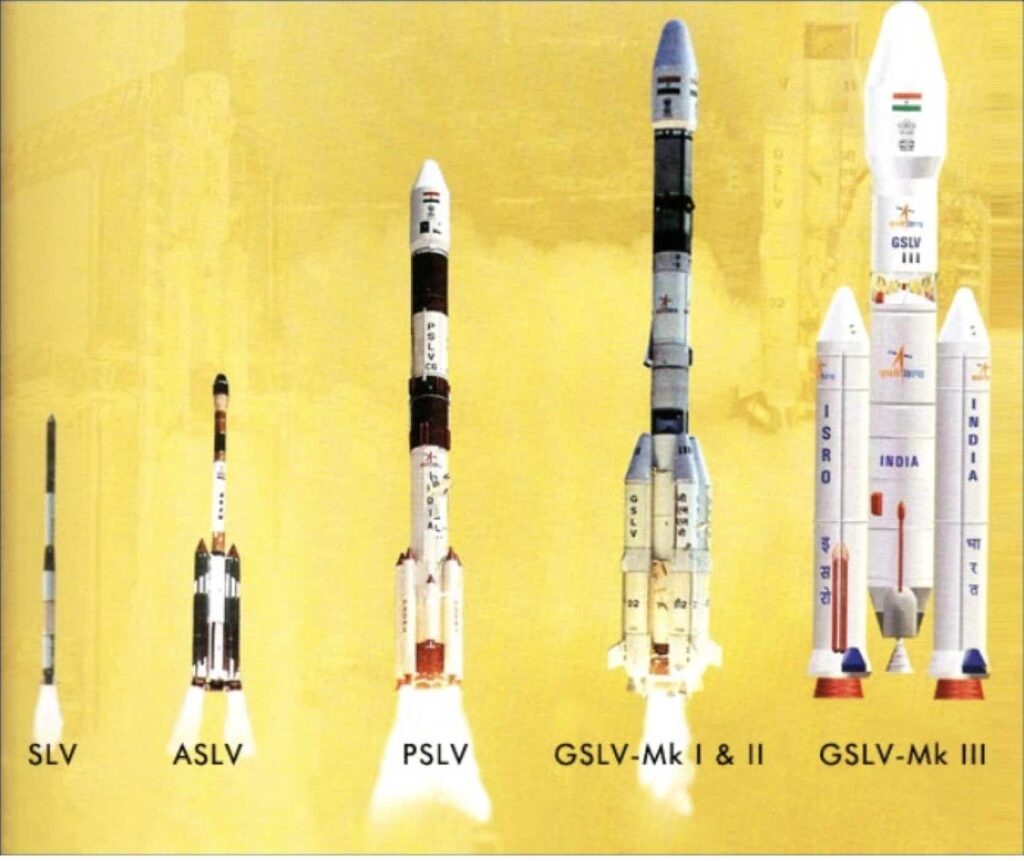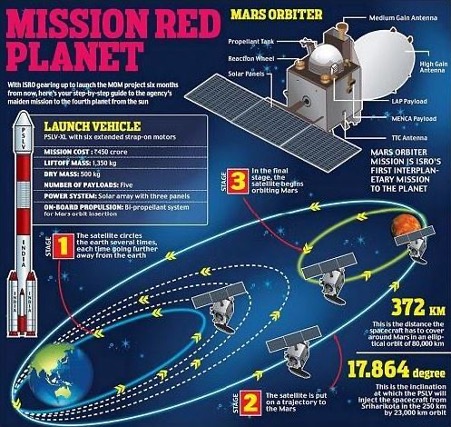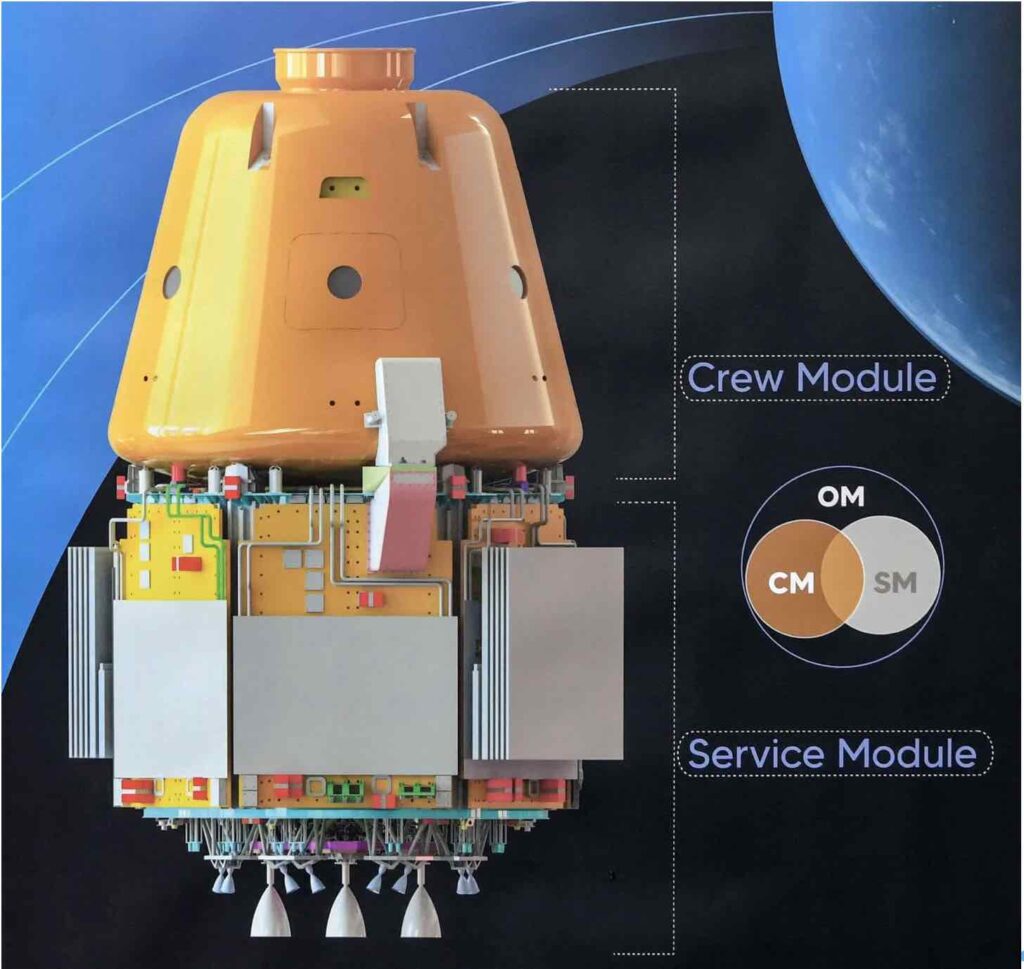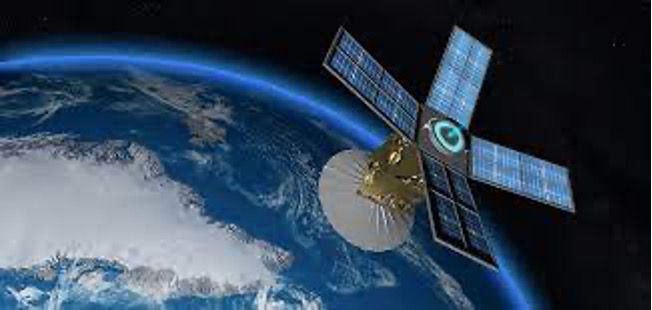The Indian Space Research Organization, famously known as ISRO (previously INCOSPAR), was founded on August 15, 1969, by Dr.Vikram Sarabhai. Its headquarters is in Bengaluru. It is the National Space Agency of India and operates as the primary research and development arm of the Department of Space. It is one of the six largest space agencies in the world. ISRO reached a milestone and created history for successfully launching the Chandrayaan-3 mission and its soft landing on the South Pole of the moon, which made India the first successful country in the world to do so. In honour of Dr Vikram Sarabai, the lander of the Chandrayaan-3 mission was named “Vikram”. ISRO is managed and funded by the GOI and the Department of Space. It has been internationally lauded for its cost-efficient yet technologically competitive programmes.

ISRO’s primary objective is to fulfil national needs through communication, television broadcasting, meteorological services etc. ISRO has developed Satellite Launch Vehicles like PSLV and GSLV for different orbits. Advanced technology in science and education, remote sensing, astrophysics, space science, developments of cryogenics, lunar and interplanetary missions, oceanographic satellite data and data mapping to provide valuable information for education and promote science. The chief executive of ISRO is also the chairman of the Indian government’s space commission and the Secretary of the Department of Space.
Its SLVs are built at the Vikram Sarabhai Space Centre, Thiruvananthapuram and the launch of satellites and SLVs takes place from the Satish Dhawan Space Centre, Sriharikota.
Missions and Programmes
The launch vehicle programme/SLVs for launching satellites, R&D for national development.
INSAT programme for telecom, broadcasting, meteorology, education etc.
Remote sensing programme which uses satellite images for different development projects.
The different spacecraft missions starting from the Aryabhata in April 1975 to Chandrayaan-3 in July 2023, ISRO has launched a hundred and twenty-four satellites. The different launch missions like PSLV and GSLV and advancements like the scramjet, ramjet engines, micro and nanosatellites are some of its high points. ISRO has other facilities where it launches students’ satellites, re-entry missions, satellites by private players and foreign satellites.
Upcoming Missions
Adithya L1: India’s first scientific mission dedicated to studying the sun is to be launched to the L1 point of the sun-earth system.
Gaganyaan: Demonstration of human spaceflight capability, sending 3 people on a 3-day mission and bringing them back safely.
LUPEX: Joint lunar polar exploration mission of ISRO (India) and JAXA (Japan).

Journey of ISRO
The first Indian satellite, Aryabhata, was launched with the help of the Soviet Union in 1975, followed by the launch of Rohini, the first satellite to be successfully placed in the orbit of SLV3 which was the first test of ISRO’s homegrown orbital rocket. Subsequently, the other two famous rockets were developed- the Polar Satellite Launch Vehicle (PSLV) and the Geosynchronous Satellite Launch Vehicle (GSLV) to place satellites in polar and geostationary orbits. They have helped launch various earth observation satellites and communication satellites for India and other countries. India became one of the six countries in the world to develop cryogenic technology by building an indigenously developed cryogenic engine for a GSLV satellite launch.
Other remarkable missions include the lunar mission- Chandrayaan, the human spaceflight mission – Gaganyaan, the Mars Orbiter Mission- Mangalyaan, the ASTROSAT space observatory etc. Several space systems, like the Indian National Satellite (INSAT) system for telecom, TV, meteorology, disaster warning and the satellite GSAT. Indian Remote Sensing (IRS) for resource management and monitoring was developed. The IRS program developed many specialized satellites, including the Radar Imaging Satellite-1 (RISAT-1) and the Satellite with Argos and Altika (SARAL), an Indo-French joint mission to measure ocean wave heights.

Some important missions launched by ISRO
Spacecraft missions
Name and launch year | Orbit Type | Application |
Chandrayaan-3, 2023 | Lunar | Planetary Observation |
NVS 01, 2023 |
| Navigation |
EOS-6, 2022 |
| Earth Observation |
GSAT-24, 2022 | Geosynchronous | Communication |
EOS-1, 2020 | Low Earth Orbit | Disaster management and earth observation |
CMS1,2020 | Geosynchronous | Communication |
Aryabhata, 1975 | C1 InterCosmos | Experimental |
Rohini, 1981 | Low Earth Orbit | Earth Observation |
Foreign and Indian Private players’ satellites
Name and launch year | Launch Vehicle | Country |
Aristocrat, 2022 | PSLV-C54 | USA |
Astrocrat-2, 2019 | PSLV-C45 | Lithuania |
Blue Walker-1 | PSLV-C45 | Lithuania |
Name | Launch Vehicle | Application |
Thybolt, 2022 | PSLV-C54, EOS-06 mission | Earth Observation |
Anand, 2022 | PSLV-C54, EOS-06 mission | Earth Observation |

Early beginning of the space agency
Vikram Sarabhai secured resources from the US and USSR during the Cold War period. In November 1963, an American-sounding rocket, Nike Apache, took off from Thumba, a fishing hamlet near Trivandrum, Kerala. This place was chosen due to its geographical criteria, such as it being the magnetic equator, which simplifies the process of rocket launch. It was in the St Magdalene church, Thumba, that the first rocket systems were assembled and integrated. The building assumed multifaceted roles in the beginning of ISRO by acting as the first lab and as the main office for scientists in the early days.
Sounding rockets are solid propellant rockets used to probe upper atmospheric regions for space research. They also act as quickly accessible testing or demonstration grounds for new parts destined for satellites and launch vehicles. The scope of aeronomy and atmospheric sciences in India expanded dramatically after the Thumba Equatorial Rocket Launching Station (TERLS) was built in 1963 at Thumba, a location close to the magnetic equator.

Importance of ISRO- Roles played
ISRO possess full launch capabilities, uses cryogenic engines, and is known for its cost-efficient scientific methods.
It can launch extraterrestrial missions and operate a massive fleet of artificial satellites.
It is one of the four government space agencies to have uncrewed soft-landing capabilities.
It has significantly contributed to socioeconomic development such as communication, agriculture, weather forecasting, disaster management etc.
Its excellent mapping features offer a wide range of data for education and scientific purposes.
Its satellite technology for earth observation aids in monitoring and gathering information about the oceans and water bodies, land and various geographical phenomena.
The latest technologies and state-of-the-art facilities are a reality now because of the advanced development offered by ISRO on its satellites.
Written by – Soundarya Shivakumar
Edited by – Anushka Bhutani
